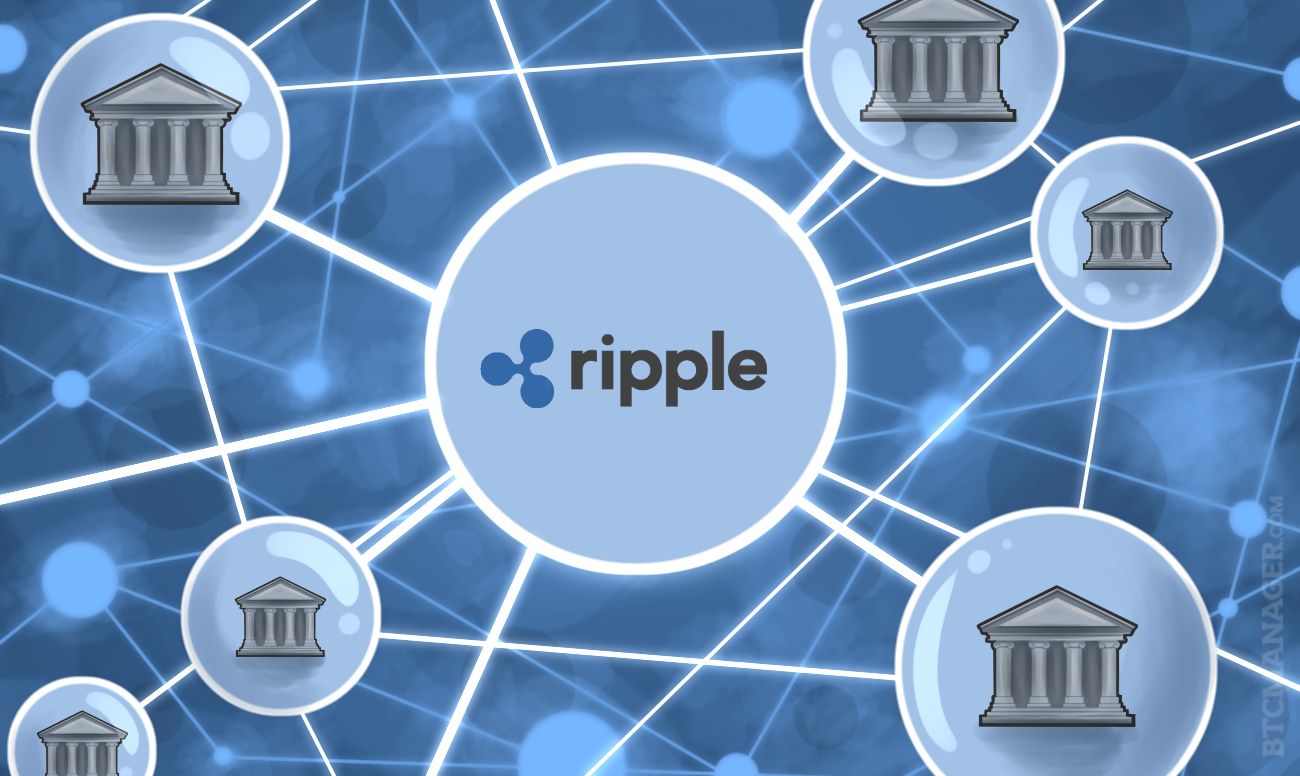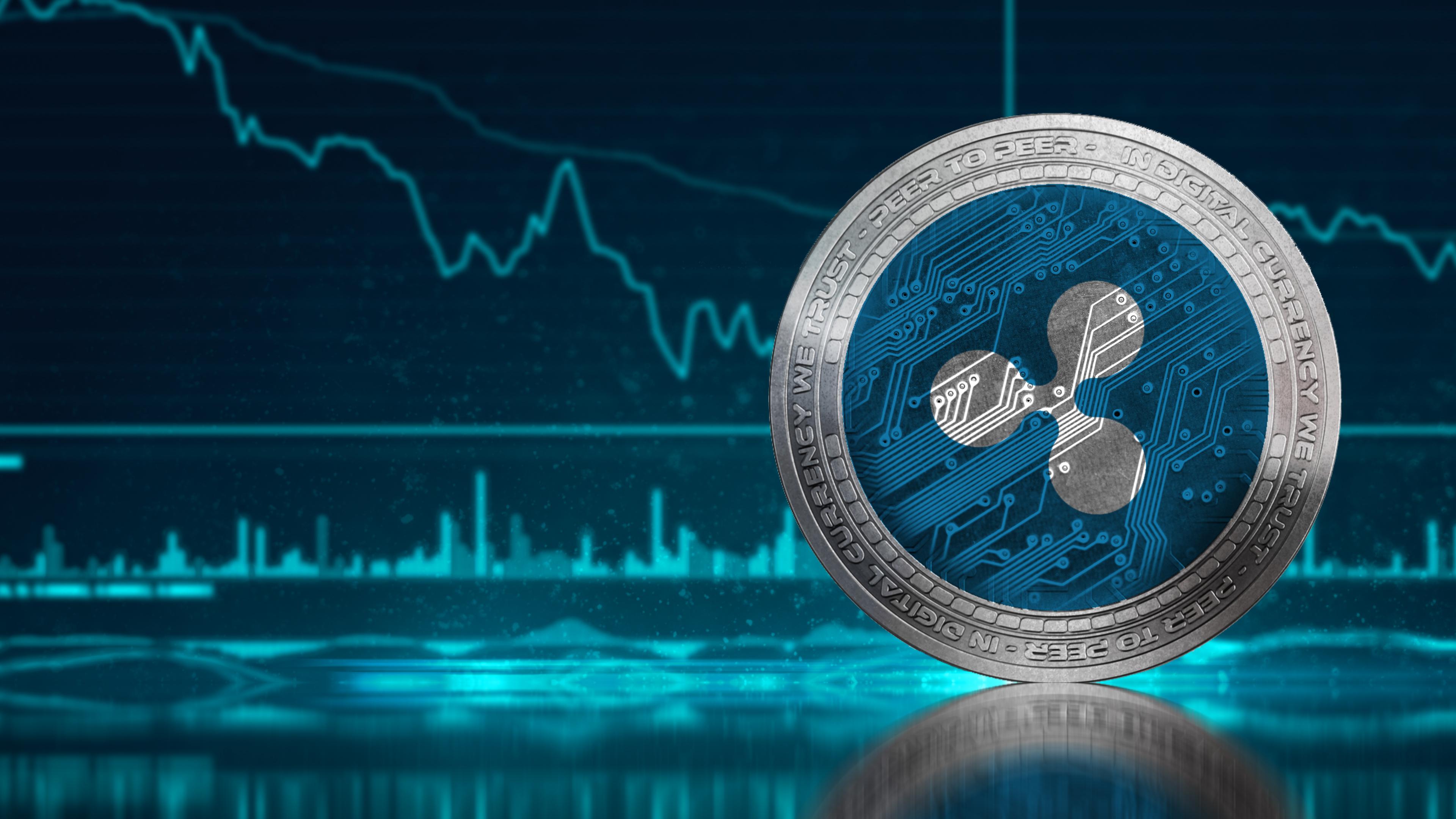Ripple and XRP

Ripple is a technology company that has developed a blockchain-based payment network, and XRP is the native cryptocurrency of this network. Ripple’s mission is to facilitate faster, cheaper, and more transparent cross-border payments, aiming to revolutionize the global financial system.
History of Ripple and XRP
Ripple was founded in 2011 by Jed McCaleb and Chris Larsen. The company initially focused on developing a peer-to-peer payment system called RipplePay, which was later rebranded as Ripple. In 2012, Ripple introduced XRP, its native cryptocurrency, to facilitate transactions on its network.
Ripple has experienced several key milestones, including:
- 2012: Launch of XRP and RipplePay.
- 2013: Release of the Ripple protocol and the first version of the Ripple Consensus Ledger (RCL).
- 2014: Ripple establishes partnerships with several financial institutions, including American Express, Santander, and MoneyGram.
- 2017: XRP becomes one of the top 10 cryptocurrencies by market capitalization, fueled by increasing adoption and interest in the Ripple network.
- 2018: Ripple launches its xRapid product, designed to enable faster and cheaper cross-border payments for financial institutions.
- 2020: Ripple faces legal challenges from the Securities and Exchange Commission (SEC) regarding the sale of XRP.
Technology Behind XRP
XRP is a digital asset designed to facilitate fast, secure, and low-cost cross-border payments. It operates on a decentralized, open-source blockchain network called the XRP Ledger.
The XRP Ledger uses a unique consensus mechanism called the “Ripple Consensus Ledger Agreement (RCSA)”, which allows for fast and efficient transaction processing. Unlike traditional blockchains that rely on proof-of-work or proof-of-stake consensus mechanisms, the RCSA uses a federated system of validators to confirm transactions. These validators are trusted entities, typically financial institutions, that agree to follow the rules of the XRP Ledger.
XRP’s consensus mechanism allows for faster transaction speeds compared to other cryptocurrencies, with transactions typically confirmed in a few seconds. Additionally, XRP’s low transaction fees make it an attractive option for cross-border payments.
Comparison of XRP with Other Cryptocurrencies
XRP is often compared to other cryptocurrencies like Bitcoin and Ethereum. While all three are digital assets, they differ in their functionalities and intended use cases.
- Bitcoin is primarily a digital currency, focused on decentralized peer-to-peer transactions. It relies on a proof-of-work consensus mechanism, which is energy-intensive and results in slower transaction speeds.
- Ethereum is a platform for smart contracts and decentralized applications (DApps). It utilizes a proof-of-stake consensus mechanism, which is more energy-efficient than proof-of-work but can be susceptible to centralization concerns.
- XRP, on the other hand, is designed for cross-border payments and is specifically tailored to address the needs of financial institutions. Its federated consensus mechanism allows for faster transaction speeds and lower fees, making it a compelling alternative to traditional payment systems.
XRP’s unique features, such as its fast transaction speeds, low fees, and focus on cross-border payments, have positioned it as a potential game-changer in the financial industry. However, it is important to note that XRP is still a relatively young cryptocurrency and its future remains uncertain.
XRP’s Use Cases and Applications

XRP, the native cryptocurrency of Ripple, has gained significant traction in the financial industry due to its potential to revolutionize cross-border payments and other financial transactions. Its speed, efficiency, and low transaction fees have made it an attractive alternative to traditional payment systems. This section delves into the various use cases and applications of XRP across different industries.
Cross-Border Payments
XRP’s primary use case lies in facilitating seamless and cost-effective cross-border payments. Its unique features, such as fast transaction speeds and low fees, make it an ideal solution for international money transfers. Compared to traditional systems, which often involve multiple intermediaries and high fees, XRP enables direct transactions between parties, reducing processing time and costs.
- Speed: XRP transactions are typically completed within seconds, significantly faster than traditional methods that can take days or even weeks.
- Low Fees: XRP transactions are characterized by minimal fees, making them more affordable than traditional cross-border payments.
- Scalability: The XRP network can handle a high volume of transactions, ensuring efficient processing even during peak periods.
Remittances
XRP’s efficiency and cost-effectiveness make it an attractive solution for remittances, which are often associated with high fees and slow processing times. XRP allows individuals to send money to their loved ones overseas at a lower cost and with faster delivery times.
Trading
XRP’s liquidity and accessibility have made it a popular choice for trading on cryptocurrency exchanges. Its fast transaction speeds and low fees enable traders to execute trades quickly and efficiently.
Finance
XRP’s potential applications in the finance sector extend beyond cross-border payments and remittances. Its ability to facilitate instant and low-cost transactions has the potential to revolutionize various financial services.
- Micropayments: XRP’s low transaction fees make it suitable for micropayments, enabling businesses to process small transactions efficiently.
- Securities Settlement: XRP’s speed and efficiency can streamline securities settlement processes, reducing settlement times and costs.
- Decentralized Finance (DeFi): XRP’s potential in DeFi applications is being explored, with its use cases extending to lending, borrowing, and other financial services.
Supply Chain Management
XRP’s ability to track assets and facilitate secure transactions makes it a valuable tool for supply chain management. Its transparency and immutability can help businesses improve efficiency, reduce fraud, and enhance traceability.
Gaming, Ripple xrp
XRP’s fast transaction speeds and low fees make it an ideal solution for in-game transactions, such as buying virtual items or transferring funds between players.
Companies and Organizations Using XRP
Several companies and organizations are currently using or exploring the use of XRP for various purposes. Some notable examples include:
- Ripple: Ripple, the company behind XRP, has partnered with various financial institutions to facilitate cross-border payments using its network.
- MoneyGram: MoneyGram, a leading global money transfer company, has partnered with Ripple to leverage XRP for cross-border payments.
- Banco Santander: Banco Santander, a major Spanish bank, has used XRP for cross-border payments between the UK and Spain.
Ripple’s Regulatory Landscape and Challenges: Ripple Xrp

Ripple and XRP have faced significant regulatory scrutiny, particularly in the United States. This scrutiny has created uncertainty for the company and its investors, impacting the adoption and growth of XRP.
Regulatory Uncertainty and Its Impact on XRP Adoption
Regulatory uncertainty surrounding Ripple and XRP has had a significant impact on the adoption and growth of XRP. Investors and businesses are hesitant to invest in or use XRP due to the unclear legal status of the asset. This uncertainty has also made it difficult for Ripple to expand its global reach and secure partnerships with financial institutions.
For example, in 2020, the U.S. Securities and Exchange Commission (SEC) launched an investigation into Ripple, alleging that XRP was sold as an unregistered security. This investigation resulted in a lawsuit filed against Ripple in December 2020, further adding to the regulatory uncertainty surrounding the company and XRP.
The SEC’s Case Against Ripple
The SEC’s case against Ripple alleges that the company violated securities laws by selling XRP without registering it as a security. The SEC argues that XRP meets the definition of a security under the Howey Test, which requires an investment of money in a common enterprise with the expectation of profits to be derived solely from the efforts of others. Ripple, on the other hand, maintains that XRP is a digital currency and not a security.
The SEC’s case against Ripple is still ongoing, and the outcome could have significant implications for the future of XRP. If the SEC prevails, it could set a precedent for other cryptocurrencies to be classified as securities, leading to increased regulation and potential restrictions on their use.
Ripple’s Efforts to Address Regulatory Concerns
Ripple has taken steps to address regulatory concerns and promote the adoption of XRP. These efforts include:
- Engaging with regulators around the world to clarify the regulatory status of XRP.
- Building partnerships with financial institutions to promote the use of XRP in cross-border payments.
- Developing new technologies and solutions that address regulatory concerns, such as its Liquidity Hub platform.
The Future of Ripple and XRP in the Evolving Regulatory Environment
The future of Ripple and XRP will likely be shaped by the evolving regulatory environment. It is possible that the SEC’s case against Ripple could result in a settlement or a court decision that clarifies the regulatory status of XRP.
However, the regulatory landscape for cryptocurrencies is still evolving, and new regulations could be introduced in the future. Ripple and XRP will need to continue to adapt to the changing regulatory environment to ensure their long-term success.
Ripple XRP, with its focus on cross-border payments, offers a glimpse into a future where transactions are seamless and instantaneous. Imagine a world where you could book a stay at a Polly Pockets Airbnb in another country with the same ease as ordering a coffee online.
This is the vision that Ripple XRP aims to bring to reality, a world where financial boundaries are dissolved and global exchange is effortless.
Ripple XRP, a digital asset designed for global payments, has seen its value fluctuate in recent years. The COVID-19 pandemic, a global crisis that has impacted economies worldwide, has also played a role in this volatility. WHO COVID-19 data reveals the far-reaching effects of the pandemic, including economic disruptions, which can influence the demand for digital assets like Ripple XRP.
